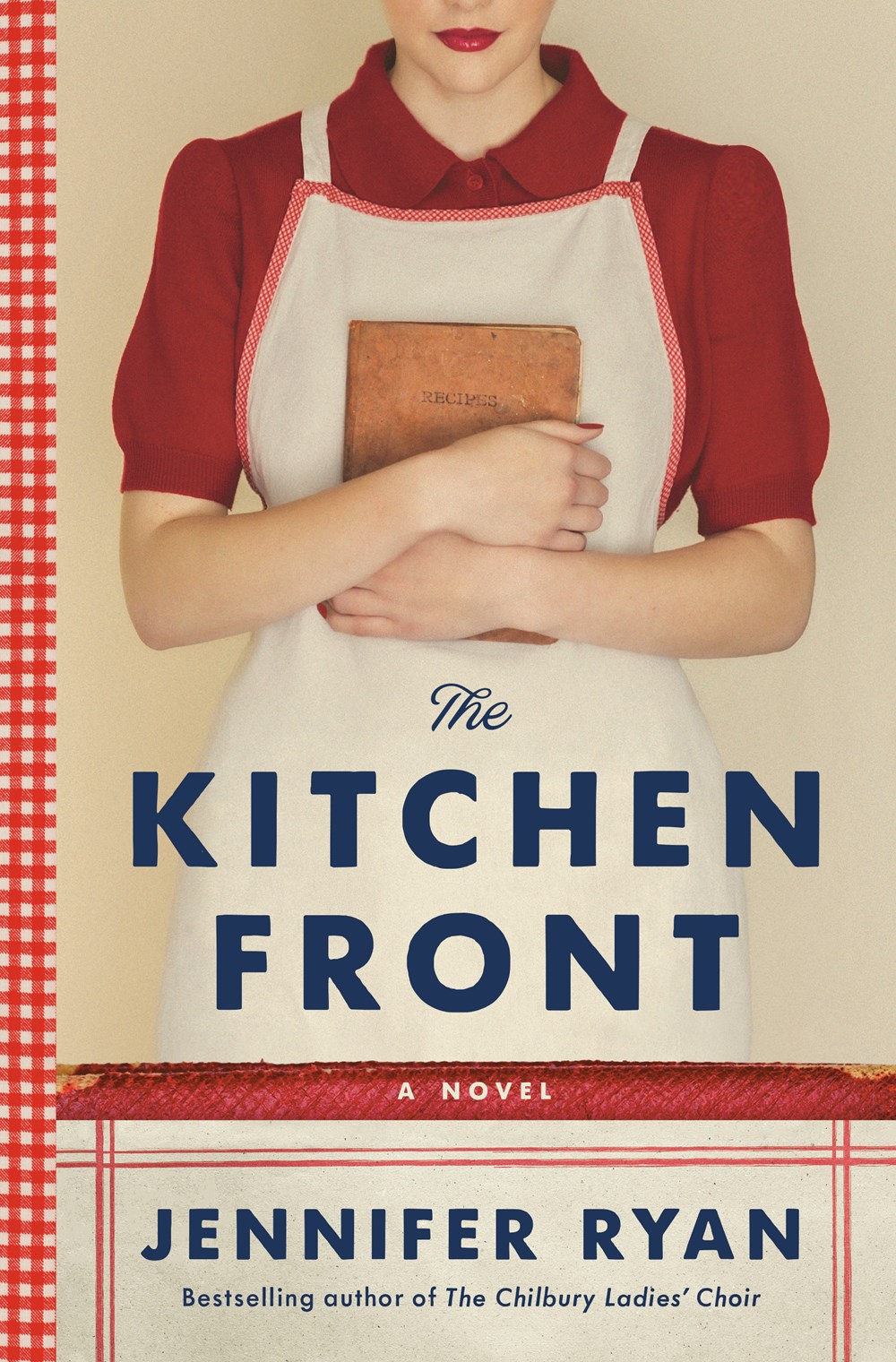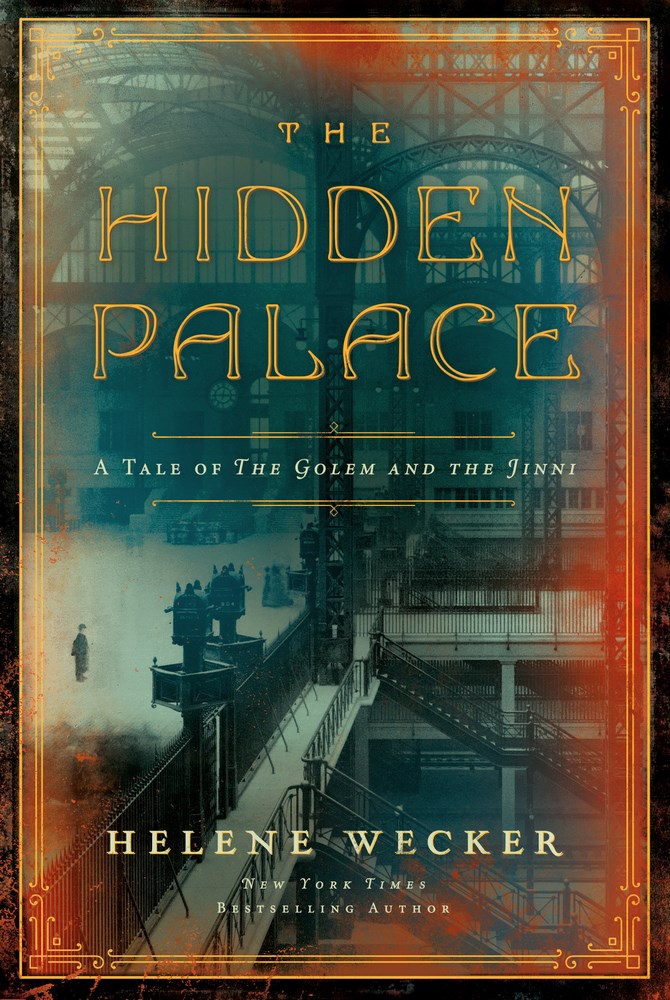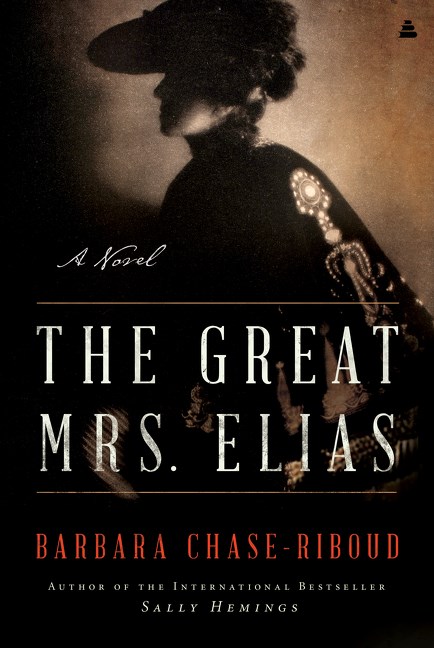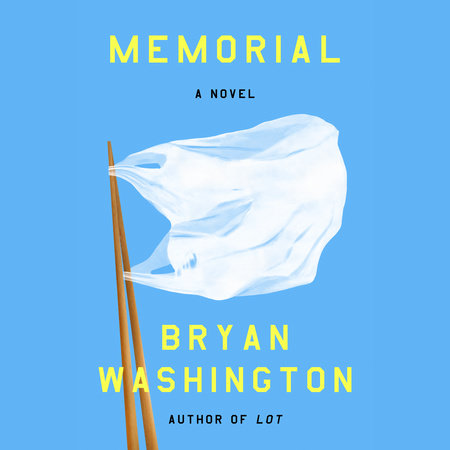With these novels on the horizon, it’s easy to feel excited about what’s to come in 2021. From all-time favorites like Kazuo Ishiguro to buzzy up-and-comers like Zakiya Dalila Harris, we can’t wait to check out these fiction releases.
The Four Winds by Kristin Hannah
St. Martin’s | February 2
After the runaway success of The Nightingale and The Great Alone, we have high expectations for any historical fiction from Hannah. We know we can trust her to serve fine drama, easy-reading prose and a vivid historical milieu, and we also expect her to make us cry over one or multiple characters. This time she’s taking us to the Great Depression and the Dust Bowl, and we’ll follow a family of women as they find a home among workers’ rights activists.
 Milk Fed by Melissa Broder
Milk Fed by Melissa Broder
Scribner | February 2
In her 2018 debut novel, The Pisces, Broder brought us intimate moments with a merman; now she’s back with a Sapphic Jewish love story about all different appetites, especially for food and sex. In Broder’s hands, the strange can be supremely sexy and the obsessive can be deeply comforting, so we’re especially excited about her second novel, which is about a woman named Rachel who lives a restricted life due to a dysfunctional relationship with her mom. But after a beautiful, fat yogurt shop employee begins sharing some over-the-top sundaes with her, Rachel quickly finds that her desire has been there all along.
My Year Abroad by Chang-rae Lee
Riverhead | February 2
A new book from award-winning author and Pulitzer Prize finalist Lee is always cause for celebration, not least because each of his books is so different from the last, and it’s a thrill to see where he’s headed next. This one has a classic premise: A young man is swept up by a charming businessman and comes of age during their globetrotting travels, but what happens on those travels is wilder than anything you’ve read before.
 The Removed by Brandon Hobson
The Removed by Brandon Hobson
Ecco | February 2
Hobson’s 2018 novel, Where the Dead Sit Talking, was a National Book Award finalist, and from the sound of this follow-up, it’s clear he’s only getting started. Drawing on real historical figures and Cherokee folklore, the novel explores grief and trauma within a family mourning the loss of their son. Hobson is a citizen of the Cherokee Nation Tribe of Oklahoma, and his perspective on the nature of home for Native Americans is essential reading this winter.
No One Is Talking About This by Patricia Lockwood
Riverhead | February 16
From the author of the singularly hilarious memoir Priestdaddy comes a social media novel unlike anything you’ve ever read before. If you live for the fragmented comedy afforded to a writer by Twitter, then this is the next step up.
 The Kitchen Front by Jennifer Ryan
The Kitchen Front by Jennifer Ryan
Ballantine | February 23
This is the third novel from the bestselling author of The Chilbury Ladies’ Choir, and it’s hitting all the right notes: World War II and a BBC cooking show. Considering how much “Great British Bake Off” we’ve watched in the last year, this is high on our list of cozy, comforting reads for 2021.
The Committed by Viet Thanh Nguyen
Grove | March 2
Vietnam-born author Nguyen’s 2016 Pulitzer Prize-winning debut novel, The Sympathizer, was an instant classic, starring an unnamed double agent whose ability to hold starkly opposing worldviews causes a division of self. This year Nguyen returns with the long-awaited sequel, promising philosophical deep dives and a unique look at Vietnamese refugee life in 1980s Paris.
 Klara and the Sun by Kazuo Ishiguro
Klara and the Sun by Kazuo Ishiguro
Knopf | March 2
This is Ishiguro’s eighth novel and his first since he won the Nobel Prize for Literature in 2017. (He was also knighted in 2019!) A return to the first-person narrative style for which we adore him, this novel has a narrator we can’t wait to meet, like something out of a slightly creepy fairy tale: an “Artificial Friend” who observes humans from her place in a department store, where she hopes to be purchased for a child.
Good Company by Cynthia D’Aprix Sweeney
Grove | March 2
Sweeney’s 2016 debut novel, The Nest, became an instant bestseller, and no wonder—she’s got a clear knack for family drama. She’s back in the landscape of lifelong relationships with her second book, the story of a woman who’s trying to make sense of her husband’s long-ago lie about a lost wedding ring. We can’t wait for these bonds to unfold before us.
 What’s Mine and Yours by Naima Coster
What’s Mine and Yours by Naima Coster
Grand Central | March 2
Afro-Dominican American author Coster’s debut novel, Halsey Street (published by Amazon Publishing’s imprint Little A), was a finalist for the 2018 Kirkus Prize. She was also one of the National Book Foundation’s 5 Under 35 honorees for 2020, where she was in great company with some of our favorite new authors (C Pam Zhang! Raven Leilani!). Her second novel is an exploration of school integration and family in North Carolina, beginning in the 1990s and spanning 20 years.
How Beautiful We Were by Imbolo Mbue
Random House | March 9
Feeling deja vu? No wonder! Mbue’s second novel was one of our Most Anticipated Books of 2020, but like so many novels that were shifted to later pub dates due to the COVID-19 pandemic, this one got moved—all the way to 2021. But if we’ve learned anything from the grim year that was 2020, it’s that patience is the best thing you can have. We know this novel will be worth the wait.
 Eternal by Lisa Scottoline
Eternal by Lisa Scottoline
Putnam | March 23
This is the internationally bestselling author’s first foray into historical fiction, and it’s been a long time coming. She’s been wanting to write about the Italian Holocaust since her college days, when she studied under Philip Roth at the University of Pennsylvania. (He gave her an A!) Now she’s diving into the world of Mussolini and the horrific events that occurred in October 1943 in the Jewish Ghetto of Rome.
Libertie by Kaitlyn Greenidge
Algonquin | March 30
Greenidge received a coveted Whiting Award for her major debut, We Love You, Charlie Freeman, and now she’s back with her second novel, this one inspired by the life of one of the first Black female doctors in the U.S. It’s about a Black girl in Reconstruction-era Brooklyn whose mother, a practicing physician, has a specific vision for her daughter. With themes of generational obligation and colorism, it sounds like a must-read for everyone who adored Brit Bennett’s The Vanishing Half.
 Caul Baby by Morgan Jerkins
Caul Baby by Morgan Jerkins
Harper | April 6
Jerkins was one of our 16 Women to Watch in 2020, and her essay collection Wandering in Strange Lands was an illuminating exploration of tracing Black heritage. This year she makes her fiction debut with a novel about tradition and inheritance, both familial and regional, that centers on the folk magic of the caul, a membrane that covers the heads of a Harlem-based Black family’s newborn babies.
Hummingbird Salamander by Jeff VanderMeer
MCD | April 6
The Annihilation author spins another yarn of climate disaster with his latest, in which a woman is burdened with a taxidermied hummingbird and salamander, which turn out to both be endangered species, and soon finds herself on the run.
 Peaces by Helen Oyeyemi
Peaces by Helen Oyeyemi
Riverhead | April 6
British author Oyeyemi’s surreal, imaginative fiction holds a place in our hearts that only she can fill, and her seventh book joins the grand literary tradition of tales set aboard unusual, mysterious trains. It follows a couple, Otto and Xavier, and their pet mongoose after they board the Lucky Day, a bizarre locomotive that meets their every desire.
Great Circle by Maggie Shipstead
Knopf | May 4
The author of Seating Arrangements and Astonish Me aims high, swings for the fences—whatever your metaphor may be, she’s going all out—with an epic tale about a female aviator who set her sights on circumnavigating the globe by way of the North and South Poles, unfolding in tandem with the story of a Hollywood actor cast to play her in a film a century later. Watch this one—it could be major.
 Second Place by Rachel Cusk
Second Place by Rachel Cusk
FSG | May 4
Literary genius Cusk, memoirist and author of the groundbreaking Outline trilogy, will dive into cerebral questions of privilege, fate, gender and the human spirit through the story of a woman who invites an artist to visit her remote coastal home.
Sorrowland by Rivers Solomon
MCD | May 4
Solomon’s been steadily making a name for themselves in the fantasy realm, racking up awards for their debut, An Unkindness of Ghosts, and Lambda Award-winning second novel, The Deep. We’re predicting they’ll reach a whole new batch of readers with this genre-blending latest, a mixture of Gothic and speculative fiction about a woman who’s hiding in the woods from an authoritarian religious community.
 Whereabouts by Jhumpa Lahiri
Whereabouts by Jhumpa Lahiri
Knopf | May 8
Pulitzer Prize-winning author Lahiri’s fifth work of fiction is her first since 2013’s The Lowland. It’s also the first book she has written in Italian and translated into English. The synopsis seems to defy easy explanation, as the tale follows a woman throughout the mundane and transformative events of a year.
Malibu Rising by Taylor Jenkins Reid
Ballantine | June 1
Wonderful news for readers who loved Daisy Jones & The Six! Reid’s latest is set during one late-summer night in 1980s Malibu, where four celebrity siblings, the children of a legendary singer, throw a huge party that ends in flames. Send all the secrets and summer drama this way, please.
 The Other Black Girl by Zakiya Dalila Harris
The Other Black Girl by Zakiya Dalila Harris
Atria | June 1
The seven-figure acquisition deal for former Knopf assistant editor Harris’ debut novel, about a young Black woman employed by a publishing house, was announced amid the American Dirt controversy, which was only the beginning for a year that pushed publishing to reckon with its lack of diversity in a major way. Shining a light on microaggressions and racism in the workplace like Mateo Askaripour’s Black Buck, Harris’ perspective on the publishing industry deserves all our attention.
Animal by Lisa Taddeo
Avid Reader | June 8
Taddeo’s Three Women, a glimpse into the sex lives of three different women, isn’t an easy read, but it certainly was one of the most provocative books we read in 2019, sparking discussion about the way we think and write about women’s sexuality. She moves to fiction in 2021 with that same fearlessness to tell the story of a woman who sheds her victimhood to become a predator.
 The Hidden Palace by Helene Wecker
The Hidden Palace by Helene Wecker
Harper | June 8
There are few novels we’ve more patiently waited for a follow-up to than 2013’s The Golem and the Jinni, and the moment has finally come. Wecker brings her formidable imaginative powers back to the world of Chava the golem and Ahmad the jinni, and this new novel will span the years from the turn of the century to early World War I.
One Two Three by Laurie Frankel
Holt | June 8
Frankel’s novel This Is How It Always Is was one of our favorites of 2017, and it has continued to reach readers as a Reese Witherspoon Book Club pick, so we know many of you will join us in squealing for her latest big-hearted family drama. It centers on the Mitchell triplets, sisters who live in a small town that’s been devastated by a chemical plant’s poisoning of their water supply.
 The Great Mrs. Elias by Barbara Chase-Riboud
The Great Mrs. Elias by Barbara Chase-Riboud
Amistad | June 22
Chase-Riboud is a powerhouse: She’s a celebrated visual artist and sculptor, award-winning poet and the author of seven books, including the important 1979 novel Sally Hemings, which revealed the spirit of the real woman hidden in Thomas Jefferson’s shadow. With her new novel, Chase-Riboud is giving voice to another little-known Black figure: Hannah Elias, an American sex worker who became one of the wealthiest Black women in the world.
Beautiful World, Where Are You by Sally Rooney
FSG | September 7
Rooney knows the way to our hearts with her emotional entanglements that sneak up on you and then completely destroy you, whether in novel form or in limited series adaptation (as with her second novel, Normal People, which you simply must watch on BBC/Hulu, if you haven’t already). Her third novel follows a quartet of young people in Dublin, which means our feelings will be played with at double the intensity.
The Matrix by Lauren Groff
Riverhead | September 7
We’ve waited six years, and Fates and Furies author Groff is finally back with a tantalizing historical fiction release, about a 17-year-old girl who is cast out of her royal court and sent to England to serve as the prioress of an abbey.
Bewilderment by Richard Powers
Norton | Fall 2021
Powers’ jaw-dropping, Pulitzer-winning tree opera, The Overstory, is unsurpassed in environmental fiction—but there’s always room for more. His next novel examines a world “both perilous and imperiled that we are leaving for our children to inhabit” through the story of a father and his son.
Harlem Shuffle by Colson Whitehead
Doubleday | Fall 2021
The novel we’re most excited to read in 2021 is easily this one from two-time Pulitzer Prize winner Whitehead. Coming off the utterly necessary emotional devastation of The Nickel Boys, we’re thrilled to hear his latest is a tale of heists and hijinks in 1960s Harlem.
ALSO IN BOOKPAGE: Discover all of BookPage’s most anticipated books of 2021.
 The Lying Life of Adults by Elena Ferrante, translated by Ann Goldstein, narrated by Marisa Tomei
The Lying Life of Adults by Elena Ferrante, translated by Ann Goldstein, narrated by Marisa Tomei Eat a Peach by David Chang with Gabe Ulla, narrated by the author
Eat a Peach by David Chang with Gabe Ulla, narrated by the author Conditional Citizens by Laila Lalami, narrated by the author
Conditional Citizens by Laila Lalami, narrated by the author The Cold Millions by Jess Walter, narrated by a full cast
The Cold Millions by Jess Walter, narrated by a full cast The Invisible Life of Addie LaRue by V. E. Schwab, narrated by Julia Whelan
The Invisible Life of Addie LaRue by V. E. Schwab, narrated by Julia Whelan Keep Moving by Maggie Smith, narrated by the author
Keep Moving by Maggie Smith, narrated by the author Memorial by Bryan Washington, narrated by the author and Akie Kotabe
Memorial by Bryan Washington, narrated by the author and Akie Kotabe The Best American Short Stories 2020, edited by Curtis Sittenfeld, narrated by a cast
The Best American Short Stories 2020, edited by Curtis Sittenfeld, narrated by a cast The Best of Me by David Sedaris, narrated by the author
The Best of Me by David Sedaris, narrated by the author Dolly Parton, Songteller: My Life in Lyrics by Dolly Parton, narrated by the author
Dolly Parton, Songteller: My Life in Lyrics by Dolly Parton, narrated by the author I Want to Be Where the Normal People Are by Rachel Bloom
I Want to Be Where the Normal People Are by Rachel Bloom
 Milk Fed by Melissa Broder
Milk Fed by Melissa Broder The Removed by Brandon Hobson
The Removed by Brandon Hobson The Kitchen Front by
The Kitchen Front by  Klara and the Sun by
Klara and the Sun by  What’s Mine and Yours by Naima Coster
What’s Mine and Yours by Naima Coster Eternal by
Eternal by  Caul Baby by
Caul Baby by  Peaces by
Peaces by  Second Place by
Second Place by  Whereabouts by
Whereabouts by  The Other Black Girl by Zakiya Dalila Harris
The Other Black Girl by Zakiya Dalila Harris The Hidden Palace by
The Hidden Palace by  The Great Mrs. Elias by Barbara Chase-Riboud
The Great Mrs. Elias by Barbara Chase-Riboud

















